You may not think much about your basement beyond just seeing it as a place to store stuff. Often, basements are left to the kingdom of cobwebs, darkness, and grandpa’s old baseball card collection. But your basement also needs care and attention if it is to last a long time. A basement is an important structural element in a lot of homes, and it’s also a part of the house that is exposed to a lot of different forces such as moisture, temperature changes, and shifting ground.
For this reason, it’s important to put time and effort into designing your basement so that it is the best it can be, and a huge part of that means getting a good subfloor installed. A basement with a decent subfloor will better stand up to floods and will be able to weather all challenges nature throws its way all while keeping your stuff safe.
What is Basement Subfloor?
Before you can put down some flooring to spruce up your basement, you’ll need to install a subfloor. This basement subfloor will sit above the bottom-most floor (typically concrete). The point of the subfloor is to increase insulation and act as a buffer against moisture invading your basement. Because a basement is dug into the ground and lined with concrete, it’s only a matter of time before ground moisture starts making its way in. A high 8-foot ceiling would help keep your basement dry, but most basements are not taller than 7 feet.
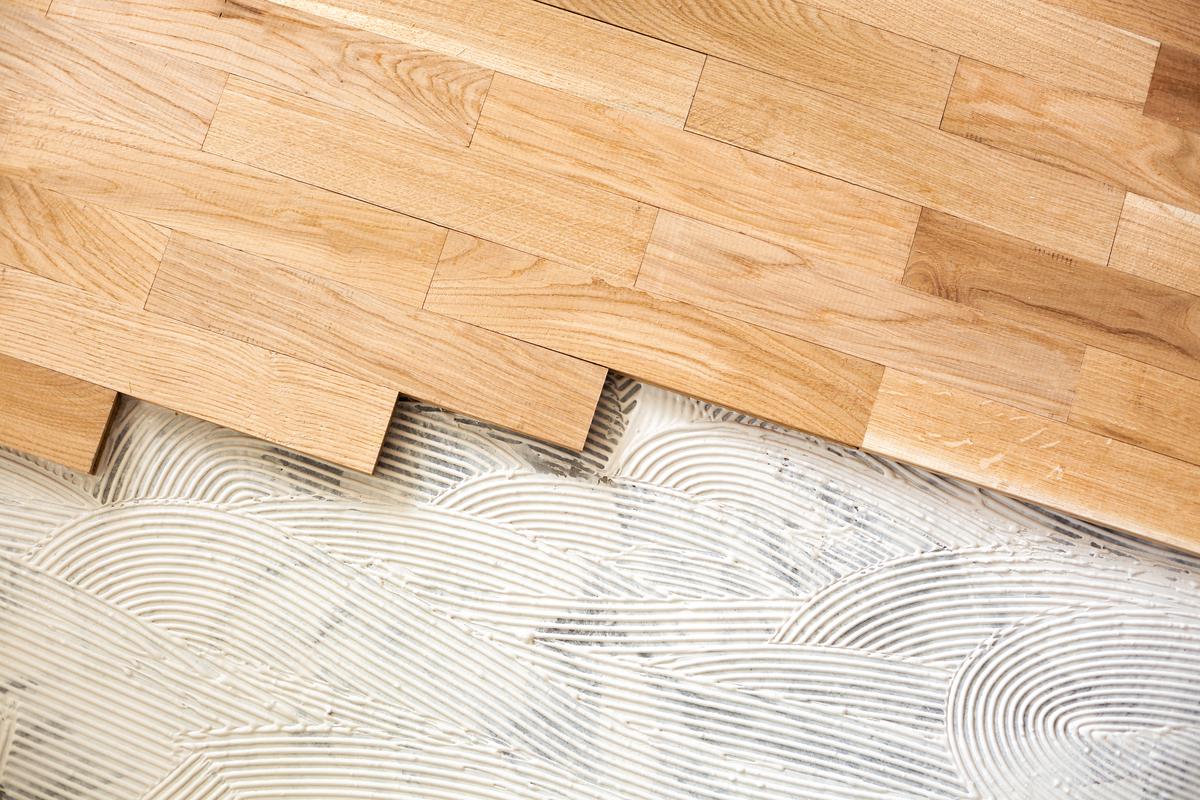
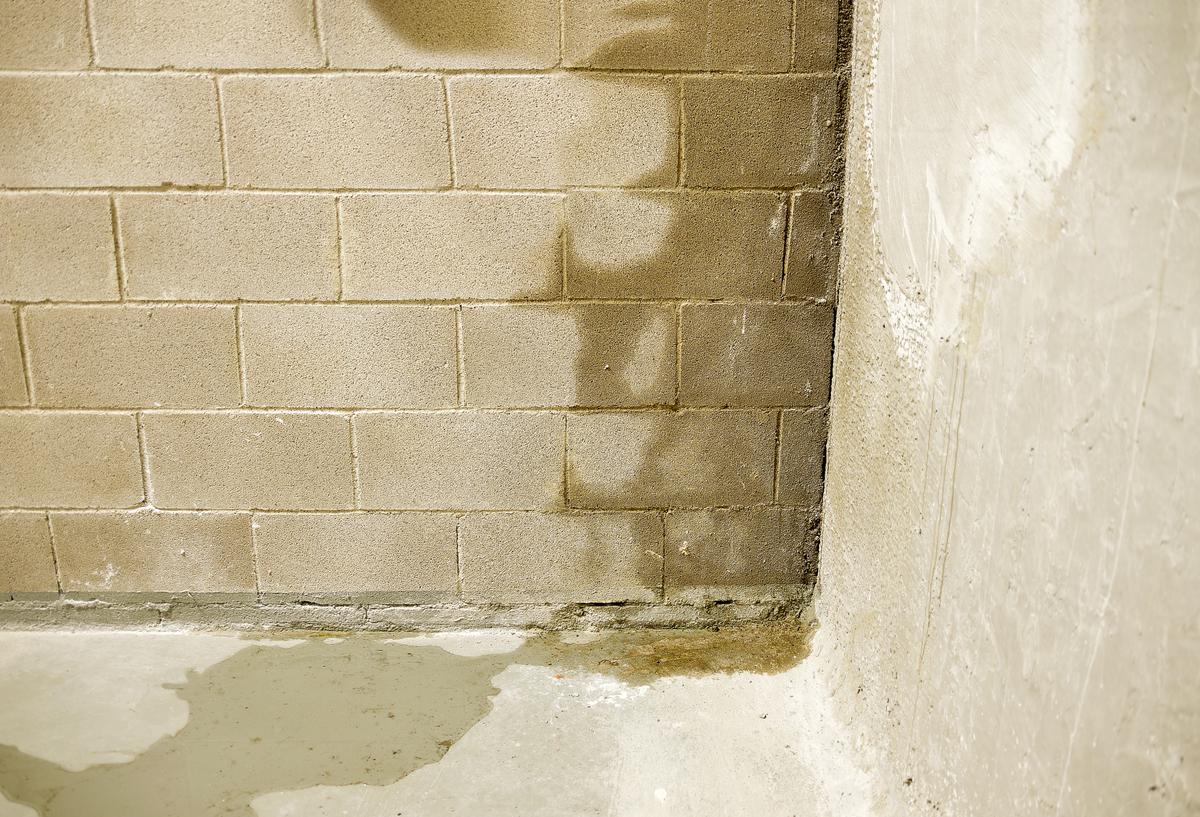
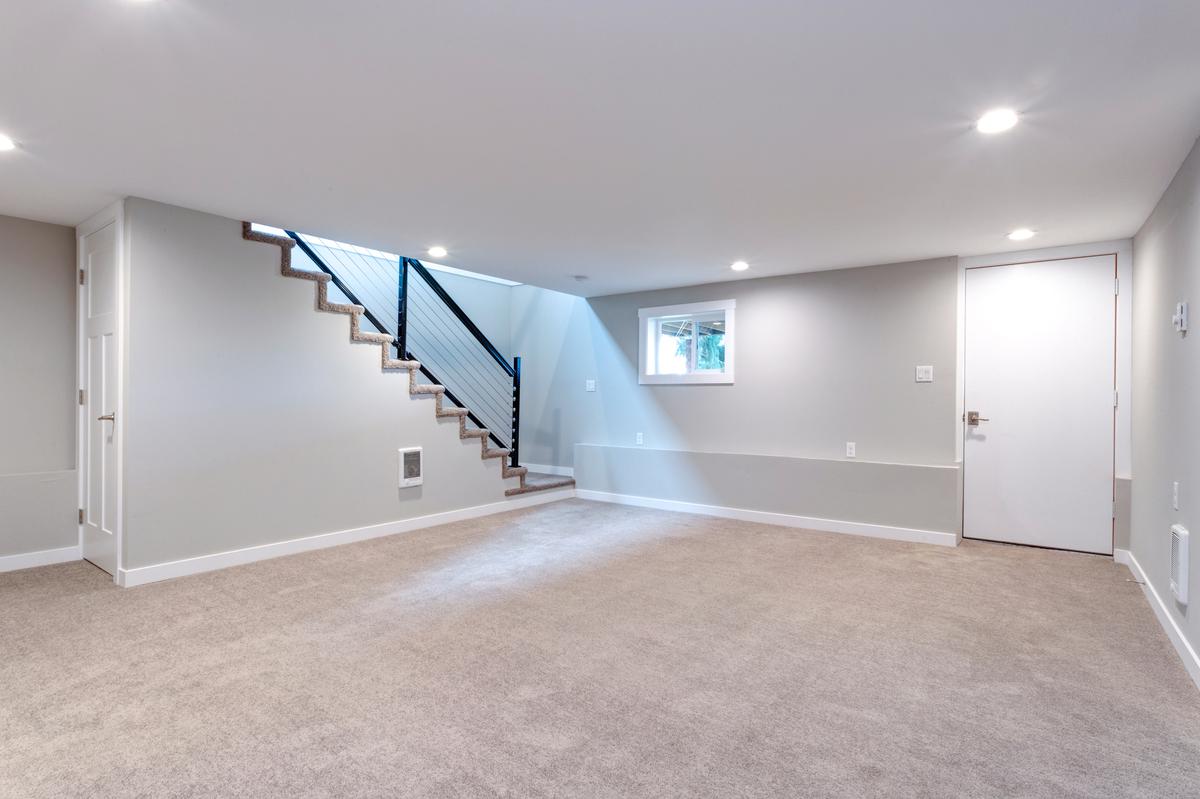
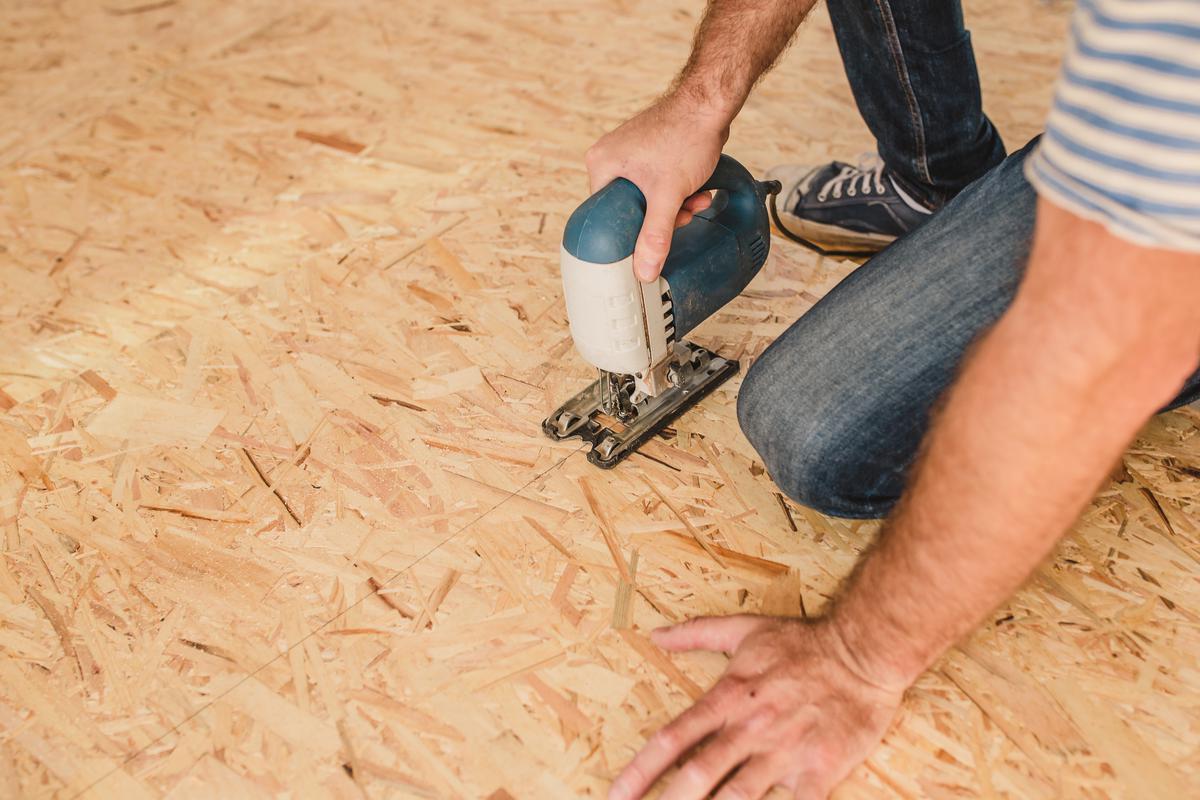
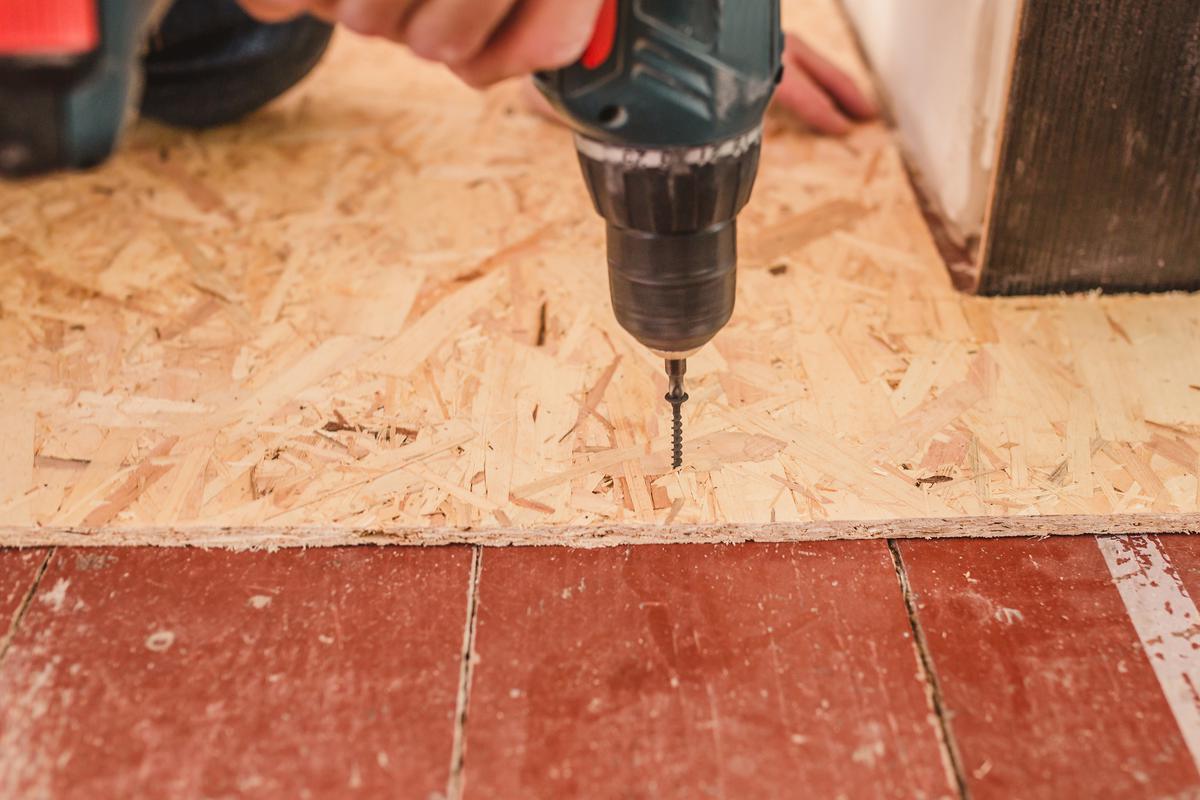
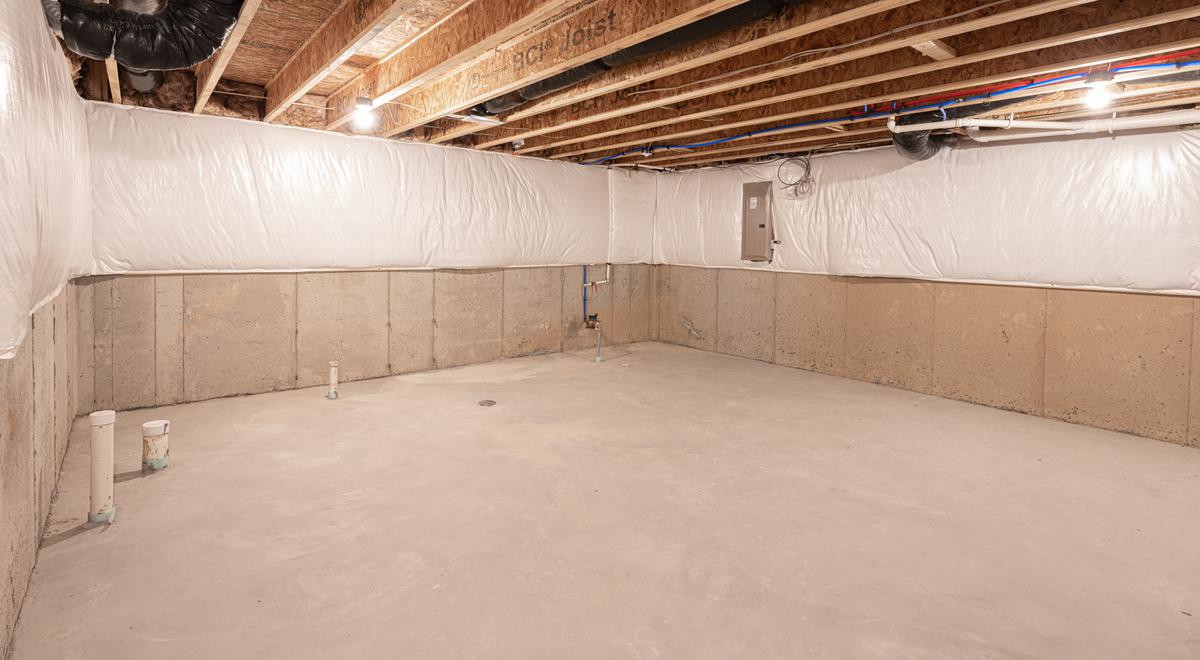
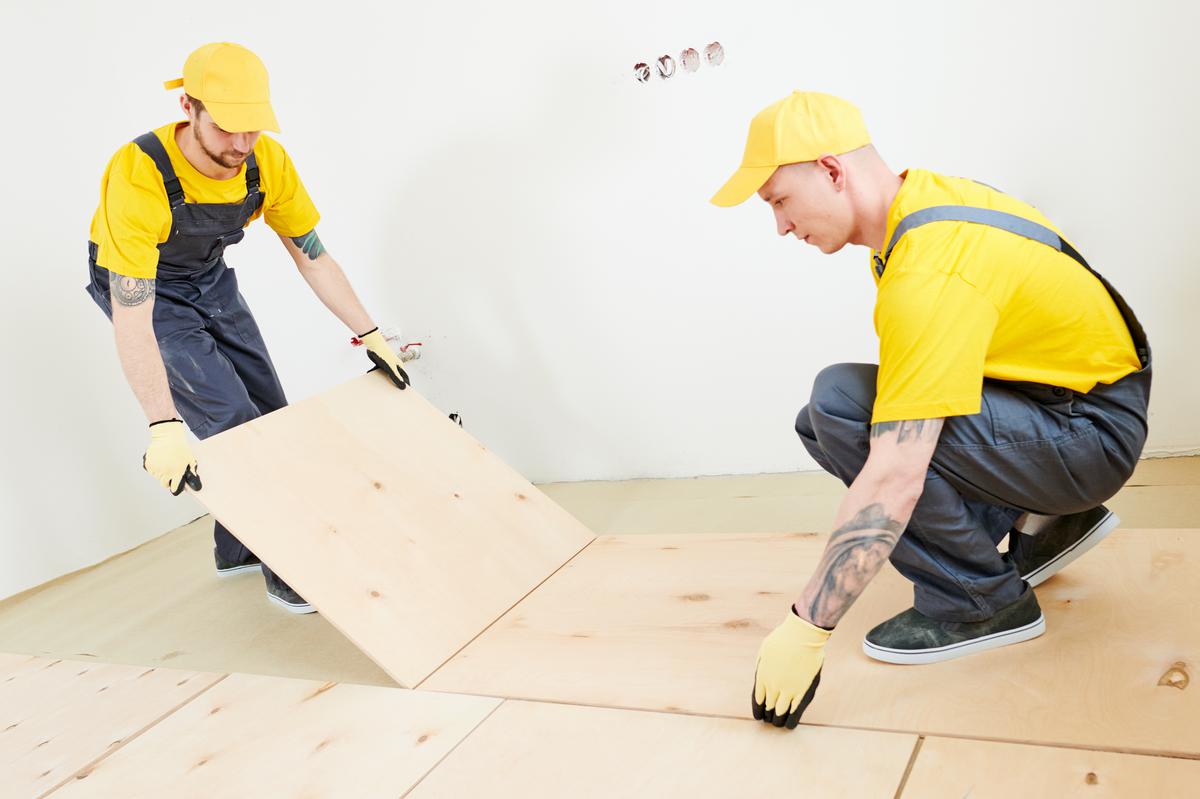
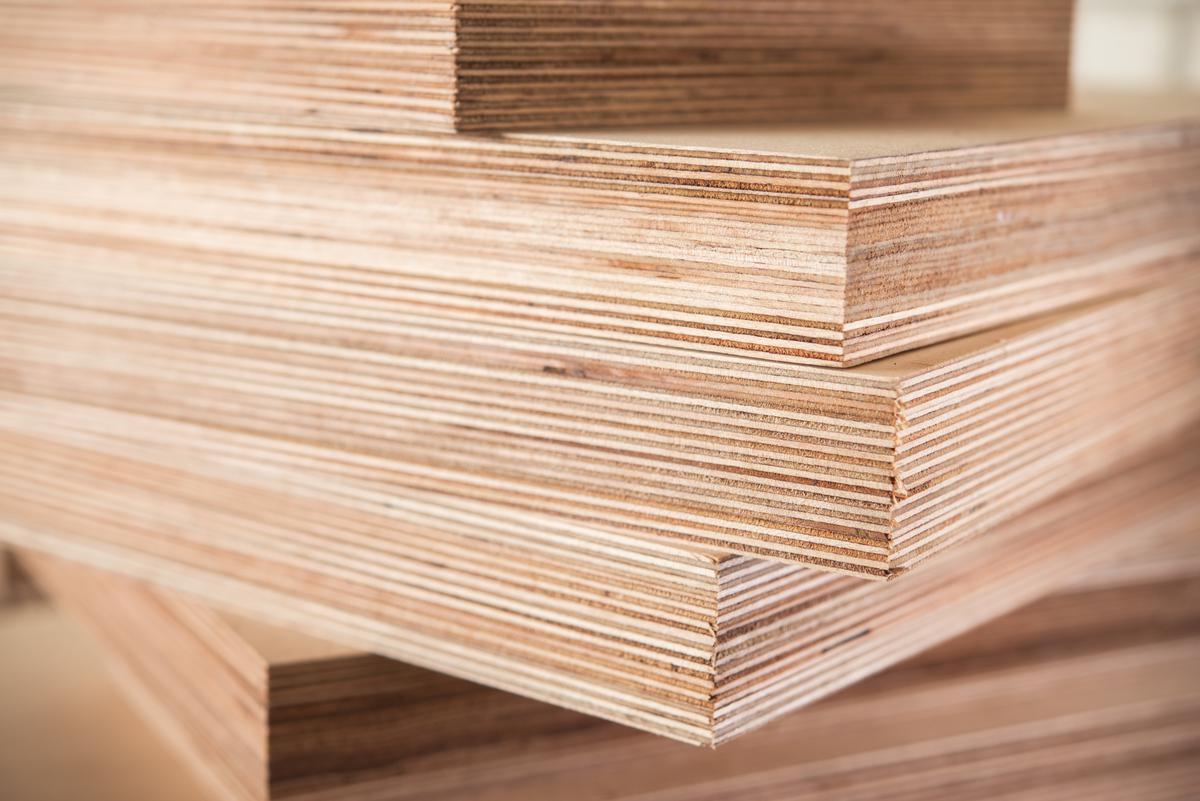
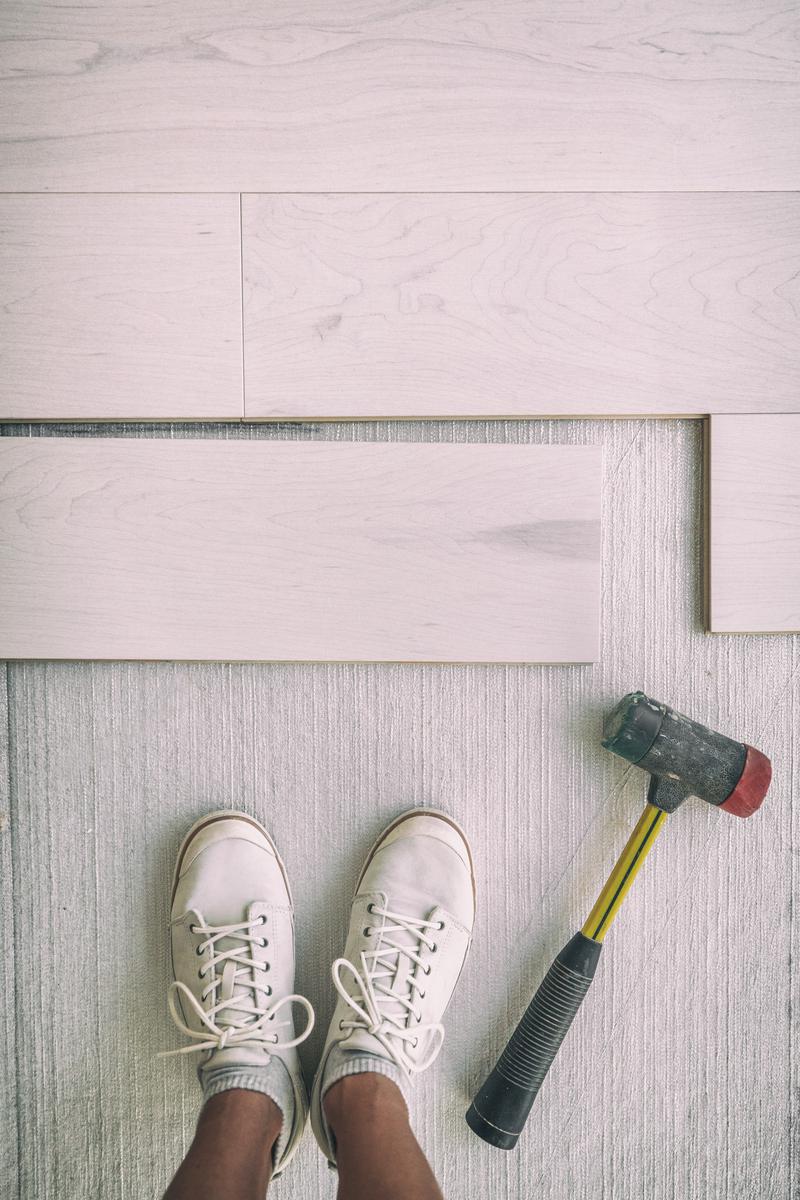

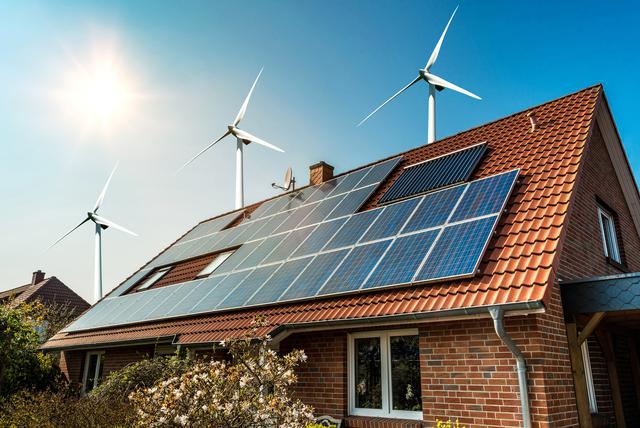

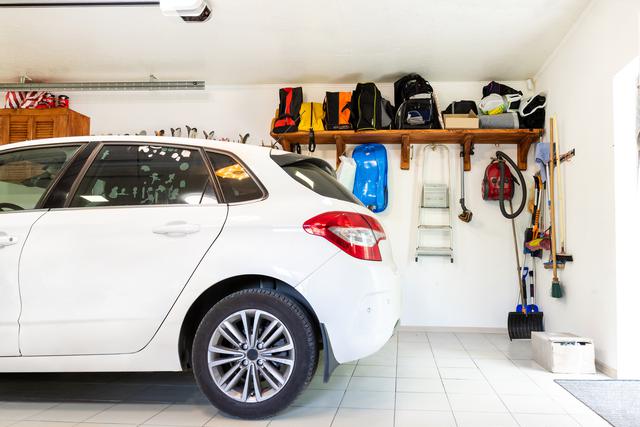
comments